As this is a curated collection of books from a personal library, please be mindful that some books may be out of print, have more current editions, or be available in digital formats. A large portion of the books presented are related to research and reference.
Business Process

This book covers the whole spectrum of modeling goals to achieve optimal quality in the process model developed. It focuses on how to balance quality considerations across all semiotic levels when models are used for different purposes, and is based on SEQUAL, a framework for understanding the quality of models and modeling languages, which can take into account all main aspects relating to the quality of models.Chapter 1 focuses on the theoretical foundations, introducing readers to the topics of business processes and business process modeling, as well as the most important concept underlying the modeling of business processes. In turn, Chapter 2 addresses the quality of models in general and business process models in particular. Chapter 3 contains a specialization of SEQUAL for quality of business process models. In Chapter 4, examples of the practical uses of business process models are provided, together with the results of detailed case studies on how to achieve and maintain quality in business process models. Chapter 5 presents a process modeling value framework that demonstrates how to achieve more long-term and higher return on investment with regard to (business) process and enterprise models. Lastly, Chapter 6 reviews the main points of the book and discusses the potential for business process modeling in the future through its combination with other types of modeling.The book has two intended audiences. It is primarily intended for computer science, software engineering and information system students at the postgraduate level who want to know more about business process modeling and the quality of models in preparation for professional practice. The second audience consists of professionals with extensive experience in and responsibilities related to the development and evolution of process-oriented information systems and information systems methodologies in general, who need to formalize and structure their practical experience or update their knowledge as a way to improve their professional activity. The book also includes a number of real-world case studies that make it easier to grasp the main theoretical concepts, helping readers apply the approaches described.
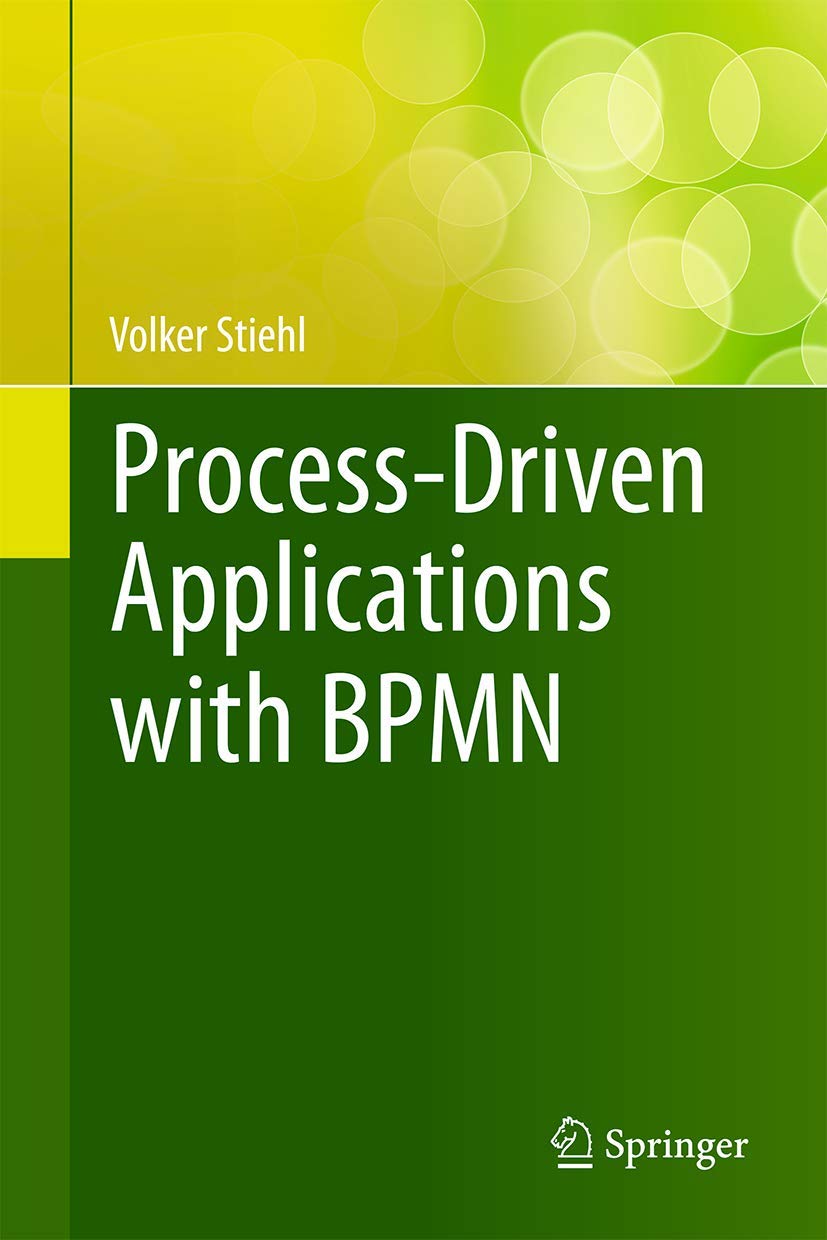
How can we optimize differentiating business processes and exploit their full potential? Here Volker Stiehl provides answers, utilizing the various options that the BPMN (Business Process Model and Notation) standard offers for planning, implementing and monitoring processes.The book presents an approach for implementing an architecture for applications that strives to find a balance between development and maintenance costs, sustainability, scalability and fault tolerance; that meets flexibility requirements without becoming inordinately complex itself; and that keeps the end application as abstract as possible from the system landscape in which it operates. Based on the semantic enhancements found in version 2.0 of the BPMN standard, which have made it possible to execute process models, his approach exploits BPMN to create and run complete application architectures. In this context, BPMN is not just used to model the business processes of the application, as the “B” in BPMN might suggest; but also to model and execute the integration processes between the systems. Throughout the book, the software package SAP Process Orchestration is used to illustrate the implementation of the proposed architecture, yet all recommendations are intentionally kept generic so that they can be implemented on any other comparable platform as well.Software architects, IT managers, software developers and project managers, as well as students of information and business technology will find the book a valuable resource. The proposed application architecture offers them a detailed blueprint, the principles of which they can use to plan and implement process-driven distributed applications.
Business Analysis
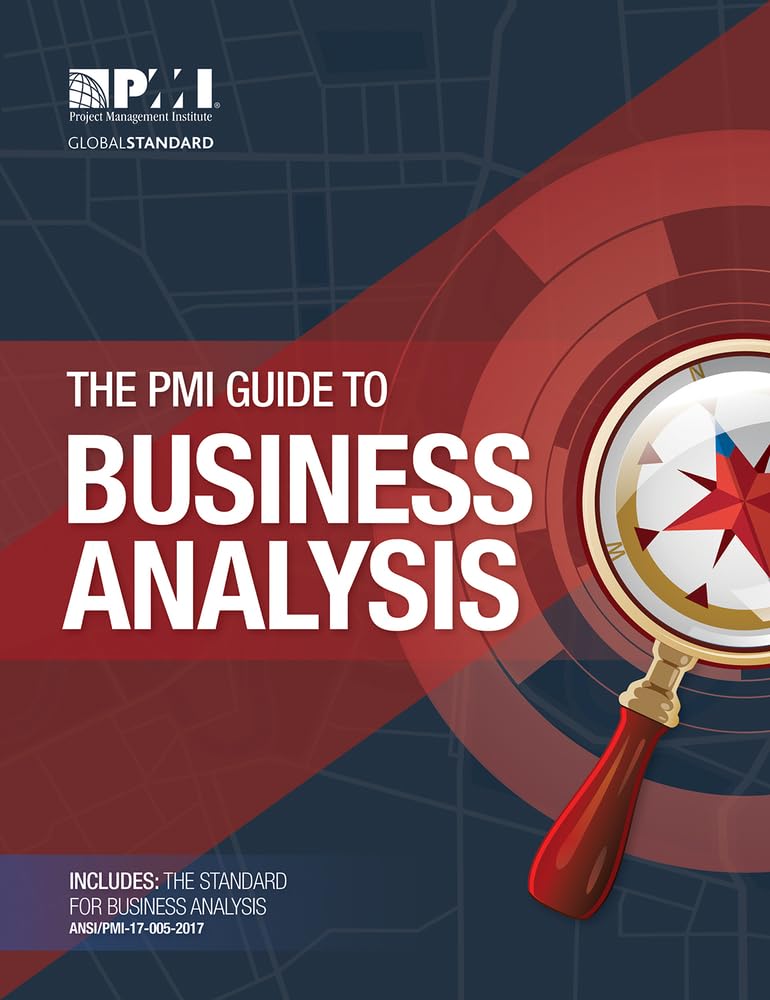
The Standard for Business Analysis – First Edition is a new PMI foundational standard, developed as a basis for business analysis for portfolio, program, and project management. This standard illustrates how project management processes and business analysis processes are complementary activities, where the primary focus of project management processes is the project and the primary focus of business analysis processes is the product. This is a process-based standard, aligned with A Guide to the Project Management Body of Knowledge (PMBOK® Guide) – Sixth Edition, and to be used as a standard framework contributing to the business analysis body of knowledge.
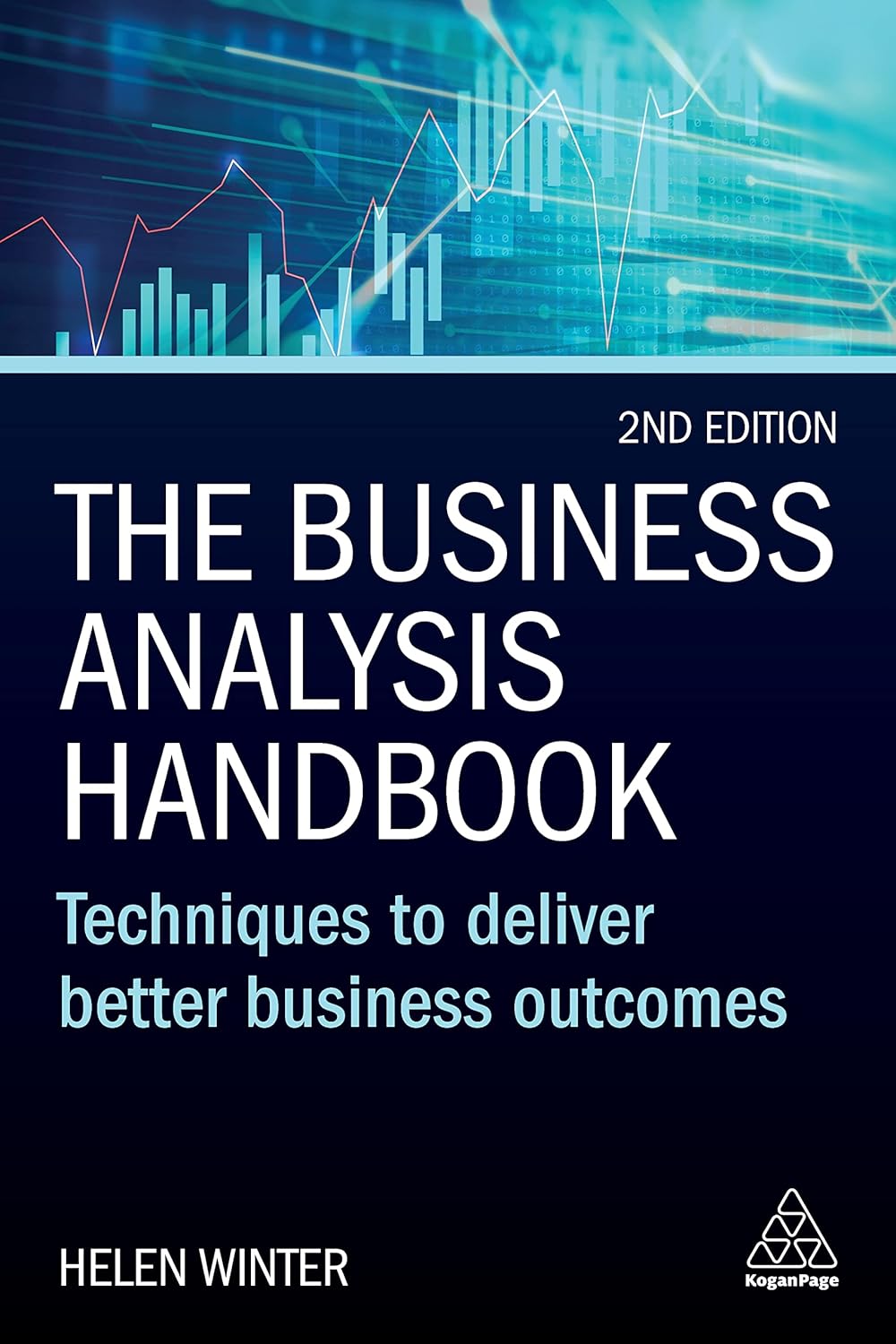
The Business Analysis Handbook was ground-breaking in providing a hands-on guide to the business analyst role. This second edition reflects key developments and new career pathways in the profession. Business analysis helps organizations to develop an informed understanding of the solutions they need to drive effective change. In the age of digital transformation, the role is more important than ever. Written by an expert, the book provides practical advice on both the skills and the nitty-gritty activities of the profession and outlines tools and techniques with guidelines on how and when to apply them. This second edition offers increased guidance on remote working and different career pathways in business analysis. Readers will also benefit from a new chapter on how to build the business analysis function effectively in an organization, supported by skills matrix examples, training strategies and tips on career development. It also features examples of hot topics such as agile, sustainability and digital transformation. This is an indispensable guide for business analysts looking to upgrade their skills set and careers. It will also be invaluable for business leaders seeking to harness the value of the business analysis function within their organizations.
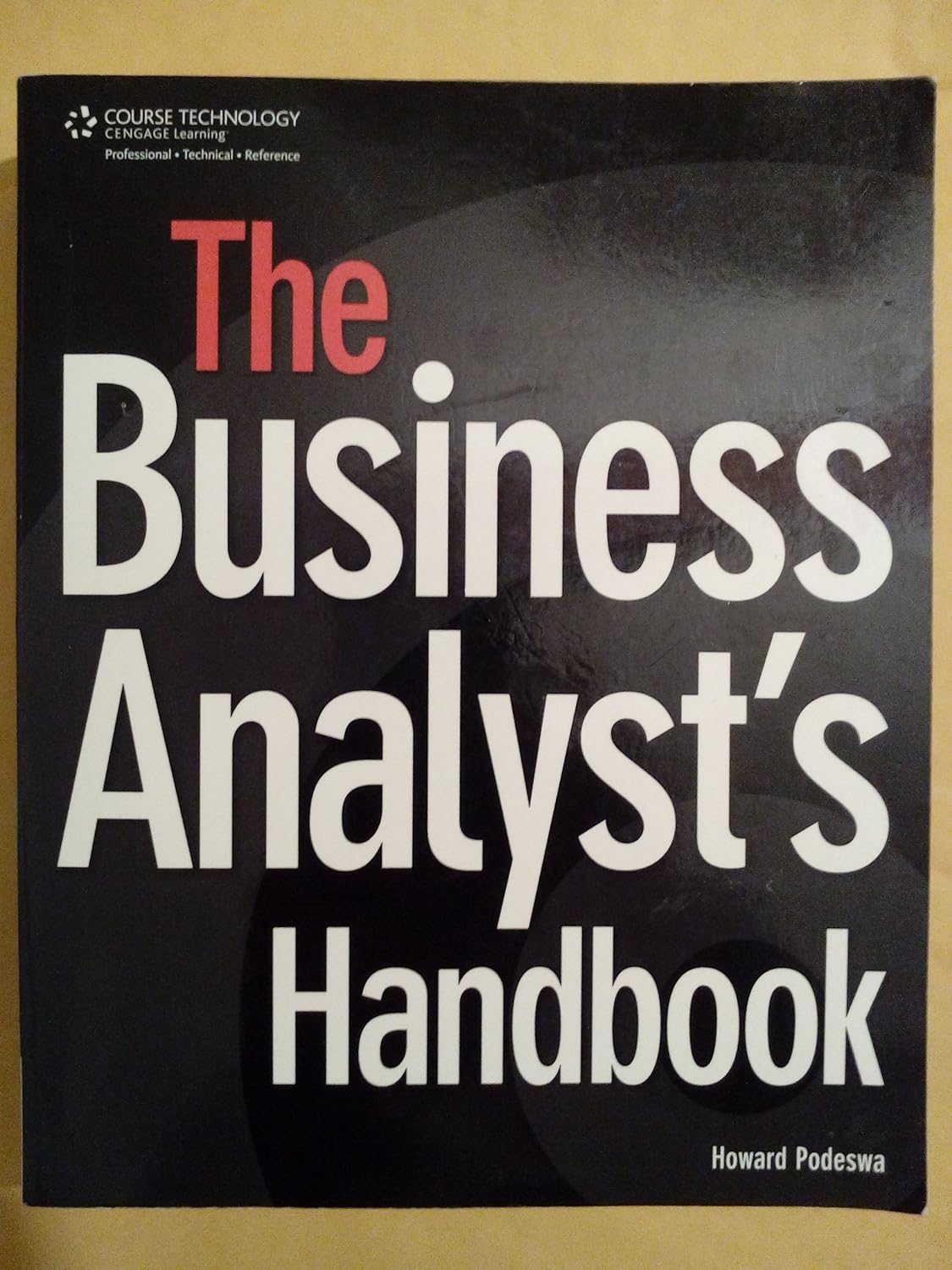
The Business Analyst (BA) plays an important role as liaison between business stakeholders and the technical team (software developers, vendors, etc.), ensuring that business needs are reflected in any software solution. Despite the importance of the job, there is currently no book specifically designed as a comprehensive reference manual for the working BA. The Business Analyst's Handbook solves this problem by providing a useful compendium of tools, tables, lists, and templates that BAs can use on-the-job to carry out their tasks. For example, you might be preparing for an interview session and use the book's checklist of interviewees to verify whether there is appropriate coverage of business stakeholders. Or you might be asked to review some diagrams and refer to the Glossaries of Symbols (organized by diagram type) for guidance. Or you may be asked to prepare textual requirements documentation and refer to the Business Requirement template for a list of artifacts and table of contents. Whatever your BA needs, the Business Analyst's Handbook places the necessary information right at your fingertips.
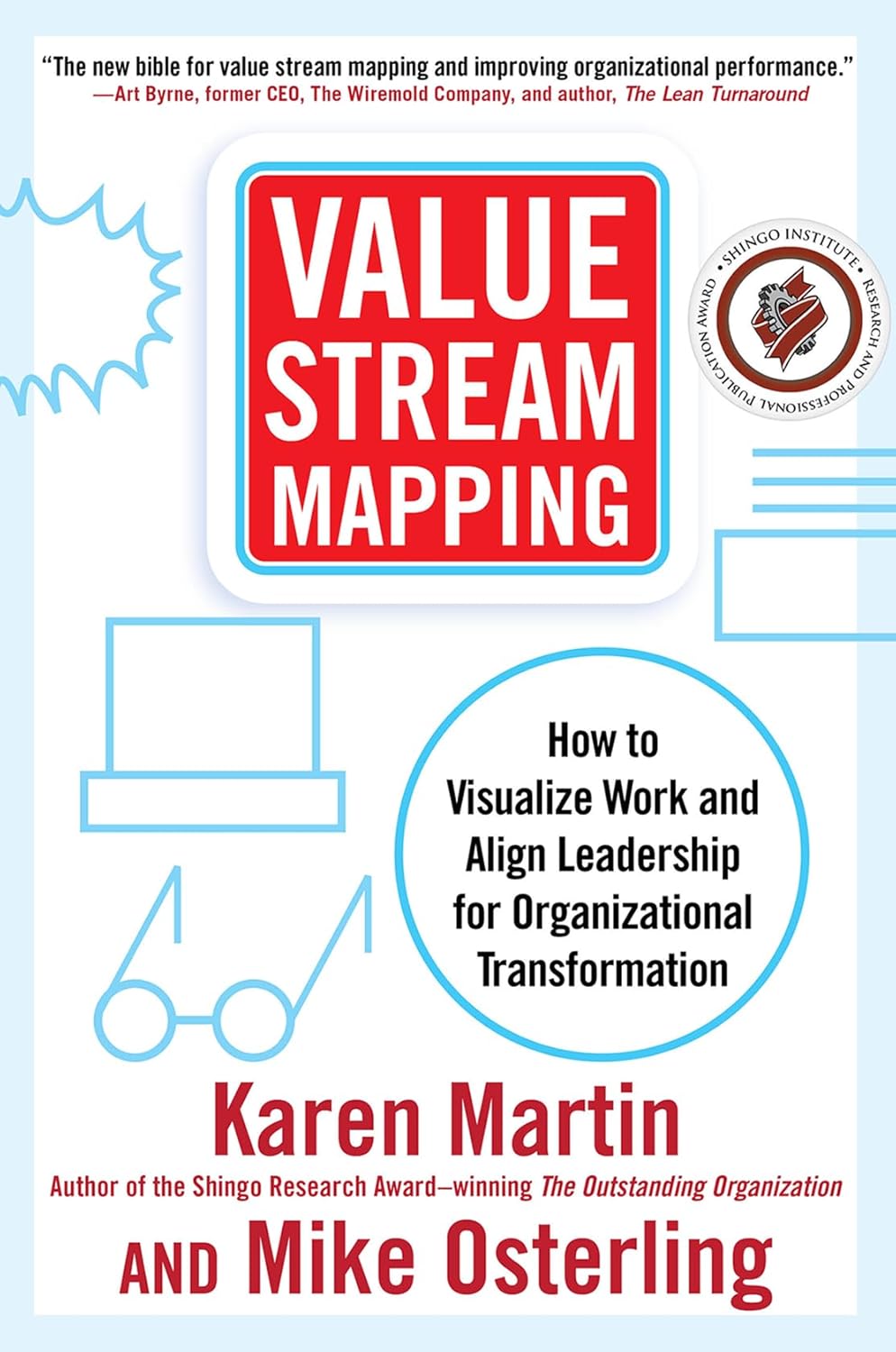
Winner of The Shingo Research and Professional Publication Award!Align your leadership team to deliver the highest possible value to your customersToo many organizations today suffer from silo-centric behavior and intra-organizational conflict. Yet most don't understand what's holding them back from achieving outstanding performance.Value stream mapping--an essential but underusedmethodology--is a proven approach to help you visualize and resolve disconnects, redundancies, and gaps in your value delivery system. More than merely a tool to eliminateoperational waste, value stream mapping is a highly effective means to transform leadership thinking, define strategy and priorities, and create customer-centric work flow.In this detailed guide, business performance improvement experts Karen Martin and Mike Osterling present a practical way to deeply understand how work gets done--in any environment--and how to design improvedwork systems.You'll learn how to:
- Prepare and engage your leadership team in the transformation process
- Gain a deep understanding about your current work systems and the related barriers to delivering value
- Design a future state that enables outstanding performance on all fronts
- Adopt the new design and lay the foundation for continued improvement
Whether you are a novice, an experienced improvement practitioner, or a leader, Value Stream Mapping will help you design and operate your business more effectively. And if your organization already uses value stream mapping, this book will help you improve yourtransformation efforts.In today's rapid-fire business environment, there are too many problems to be solved and too many opportunities to be leveraged to operate without a highly effective means for accomplishing the important work to be done.Value stream mapping is the missing link in business management and, properly executed, has the power to address many business woes.
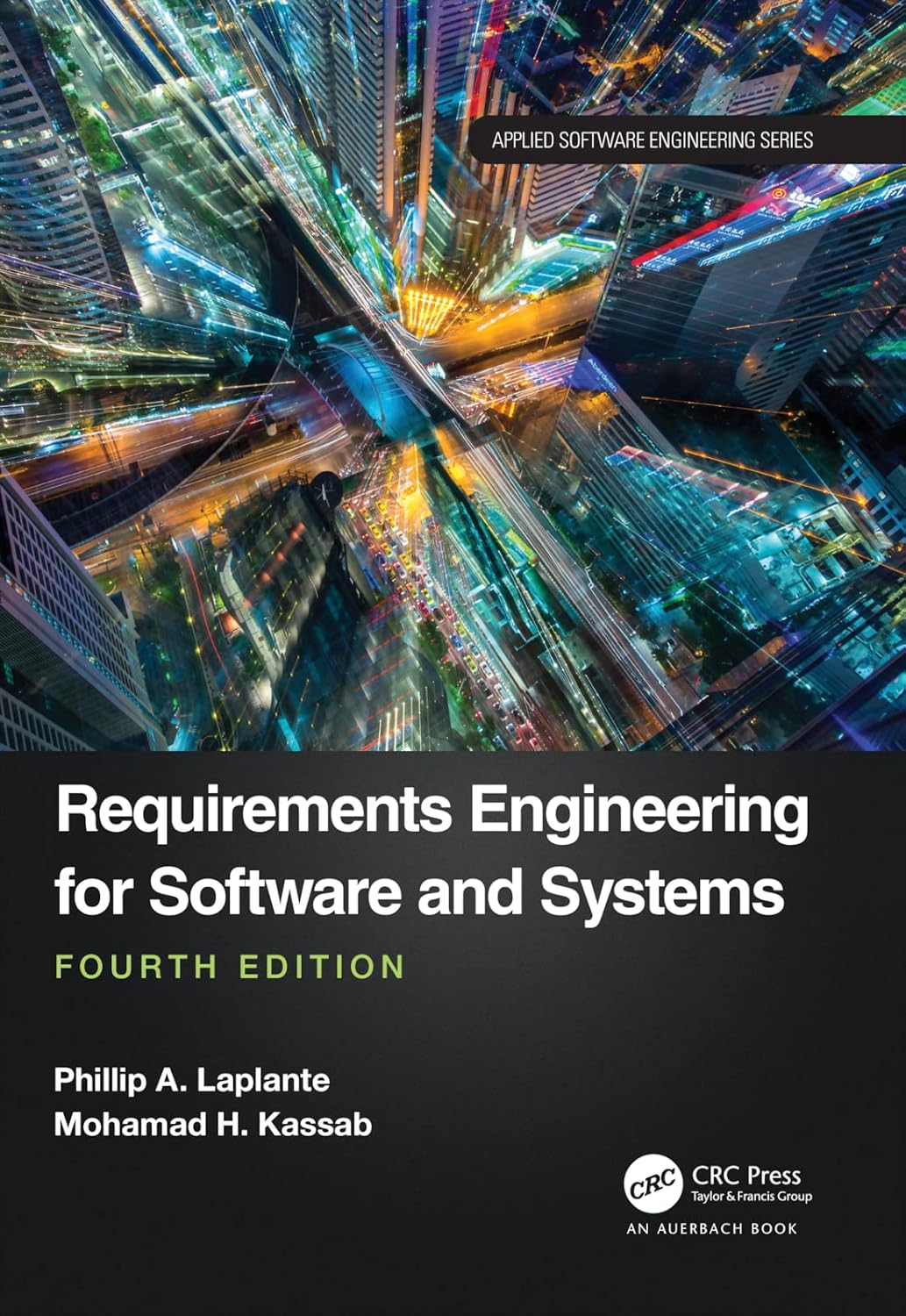
Solid requirements engineering has increasingly been recognized as the key to improved, on-time, and on-budget delivery of software and systems projects. New software tools are emerging that are empowering practicing engineers to improve their requirements engineering habits. However, these tools are not usually easy to use without significant training.Requirements Engineering for Software and Systems, Fourth Edition is intended to provide a comprehensive treatment of the theoretical and practical aspects of discovering, analyzing, modeling, validating, testing, and writing requirements for systems of all kinds, with an intentional focus on software-intensive systems. It brings into play a variety of formal methods, social models, and modern requirements writing techniques to be useful to practicing engineers. The book is intended for professional software engineers, systems engineers, and senior and graduate students of software or systems engineering.Since the first edition, there have been made many changes and improvements to this textbook. Feedback from instructors, students, and corporate users was used to correct, expand, and improve the materials. The fourth edition features two newly added chapters: "On Non-Functional Requirements" and "Requirements Engineering: Road Map to the Future." The latter provides a discussion on the relationship between requirements engineering and such emerging and disruptive technologies as Internet of Things, Cloud Computing, Blockchain, Artificial Intelligence, and Affective Computing.All chapters of the book were significantly expanded with new materials that keep the book relevant to current industrial practices. Readers will find expanded discussions on new elicitation techniques, agile approaches (e.g., Kanpan, SAFe, and DEVOps), requirements tools, requirements representation, risk management approaches, and functional size measurement methods. The fourth edition also has significant additions of vignettes, exercises, and references. Another new feature is scannable QR codes linked to sites containing updates, tools, videos, and discussion forums to keep readers current with the dynamic field of requirements engineering.
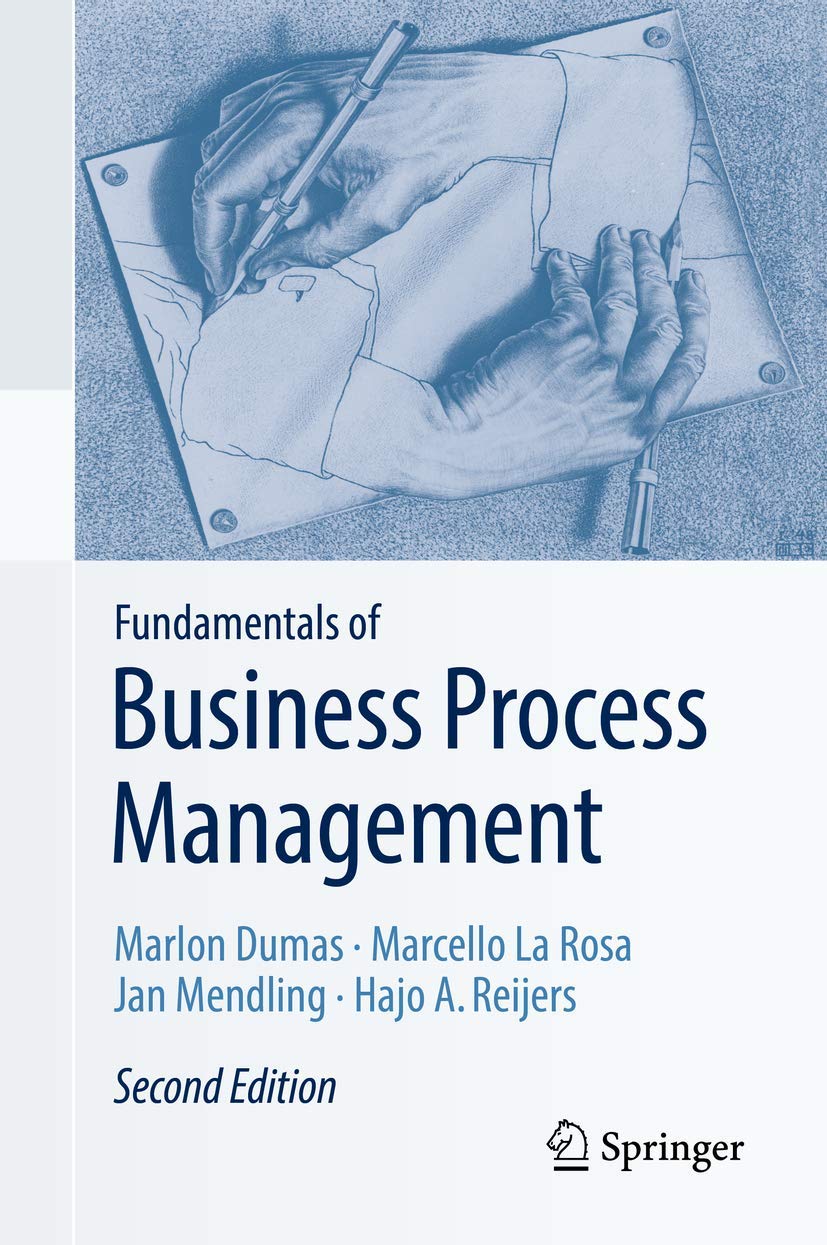
This textbook covers the entire Business Process Management (BPM) lifecycle, from process identification to process monitoring, covering along the way process modelling, analysis, redesign and automation. Concepts, methods and tools from business management, computer science and industrial engineering are blended into one comprehensive and inter-disciplinary approach. The presentation is illustrated using the BPMN industry standard defined by the Object Management Group and widely endorsed by practitioners and vendors worldwide.In addition to explaining the relevant conceptual background, the book provides dozens of examples, more than 230 exercises – many with solutions – and numerous suggestions for further reading. This second edition includes extended and completely revised chapters on process identification, process discovery, qualitative process analysis, process redesign, process automation and process monitoring. A new chapter on BPM as an enterprise capability has been added, which expands the scope of the book to encompass topics such as the strategic alignment and governance of BPM initiatives.The textbook is the result of many years of combined teaching experience of the authors, both at the undergraduate and graduate levels as well as in the context of professional training. Students and professionals from both business management and computer science will benefit from the step-by-step style of the textbook and its focus on fundamental concepts and proven methods. Lecturers will appreciate the class-tested format and the additional teaching material available on the accompanying website.
As a working cybersecurity professional, every attempt is made to separate professional and personal endeavors in a manner consistent with reducing conflicts of interest and maintaining ethics. Statements contained within this site are the explicit and implicit goals, objectives, endorsements, and educated opinion of the author of this site and not those of current or former employers.

